They say that beauty is subjective. That ‘beauty is in the eye of the beholder’. And yes, that’s true–on an individual level. When you expand your view to look at society as a whole, it becomes apparent that in the United States, on a wider, cultural level, the messages and images people receive overwhelmingly say “this is the standard of beauty”. And that standard doesn’t have a wide range. If you don’t believe me, do a Google image search for women’s magazine’s and look at the results. Then do the same thing for men’s magazines. The models used by those companies reinforce narrow standards of beauty. Newsstands are hardly the only place where conventional standards of beauty reign supreme. Look at the big and small screens. Think of the actors and actresses that you see on any given tv show or movie. Overwhelmingly, they fit well within socially approved standards of beauty. Then look at comics books. Or video games. Or the covers of romance novels. Or the images of men and women on billboards across the country. Or travel magazines. Or restaurants like Hooters or Twin Peaks. I could go on.
One of the messages reinforced throughout society is the idea that thinner is better and fat is bad. Plus-size men and women are routinely denigrated and told “you’d be nicer looking if you weren’t so big” or “you have a pretty face for a big person”. All that shaming does is reinforce to the target that there is something wrong with them. That they are a bad or broken person because they don’t fit conventional beauty standards.
Inspired by the experiments of Esther Honig (who asked 40 people from across the world to make her look beautiful) and Priscilla Yuki Wilson (who conducted a similar experiment to Honig’s to find out how editors would Photoshop a biracial woman), Marie Southard Ospina decided to conduct her own experiment.

Having grown up predominantly in the first world, I’m aware that in countries like the U.S. or the U.K. being fat is (although quite common) perceived as an inherently negative thing. Stereotypes include, but are not limited to: laziness, selfishness, stupidity, naiveté and even a lower socioeconomic class. But I’m also aware that the notion of “thin is the only beautiful” doesn’t permeate the entirety of the world. When I first heard of the Ugandan Hima Tribe, I remember being amazed to learn how much beauty they see in a larger woman — and that being fat is still considered a sign of prosperity, health, wealth and/or grace. Just as it was to Peter Paul Rubens, and just as it still is to painter Fernando Botero or illustrators like Sara M. Lyons.
And so, inspired by Honig and Yuki, and my own perceptions of weight and beauty, I decided to replicate their original experiments — with a plus-sized twist.
THE EXPERIMENT
The relationship between weight and beauty is quite obviously one that varies from person to person — so when we begin discussing it in terms of nation to nation, lines get blurred. That being said, I was so fascinated by these women’s work that I became increasingly curious as to how editors would treat a photo of me if asked to edit it, what with my chubby cheeks, double chin, thick shoulders and chest and rounder, fuller face. What would they do with these traits? Would they all slim me down in the aid of “making me look beautiful”? Would they fiddle with my messy hair? How would they see me, as a plus-size woman, and how would they “fix” me? What would they make of my face without makeup, in its tired, “just woke up” state? One editor said, “You have weird face. I make better,” whilst another asked me, “Are you a porn?” But overall, each Photoshop “expert” (a term I use loosely as some editors were newbies/rookies, whilst others had decades of experience), took well to the task at hand. All I asked was for them to make me look beautiful, whilst keeping in mind the looks they see in the fashion/beauty mags of their countries. They were each compensated with $5-30, the amount always set by the editor him/herself. And so, here’s what “beauty” means to all of them.
Here are some of the results:
Australia
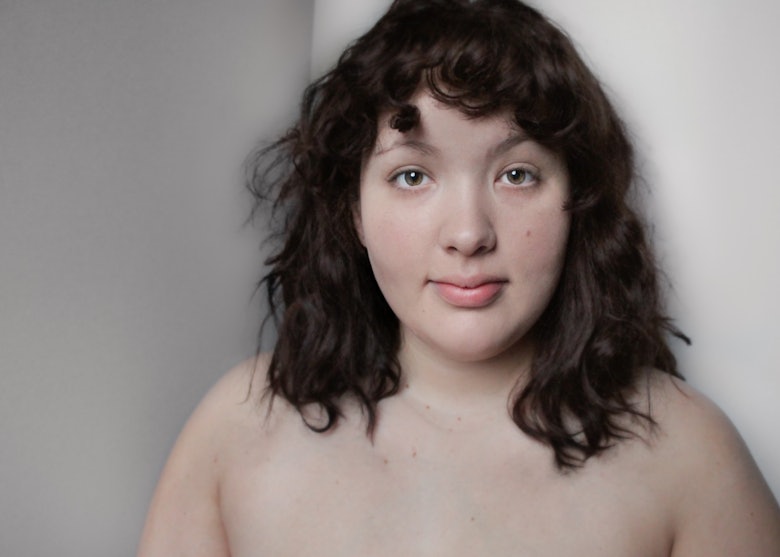
Bangladesh
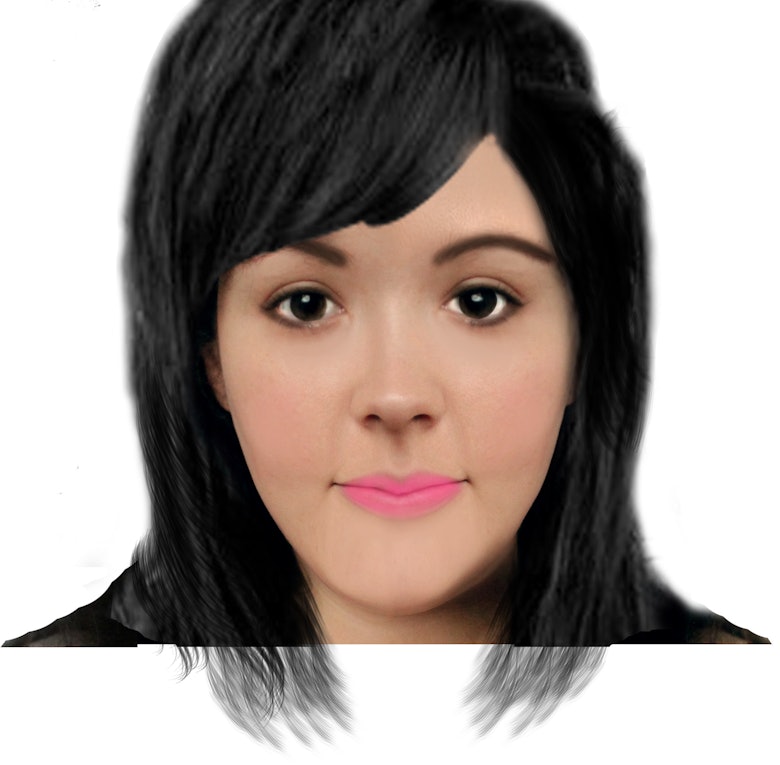
Pakistan
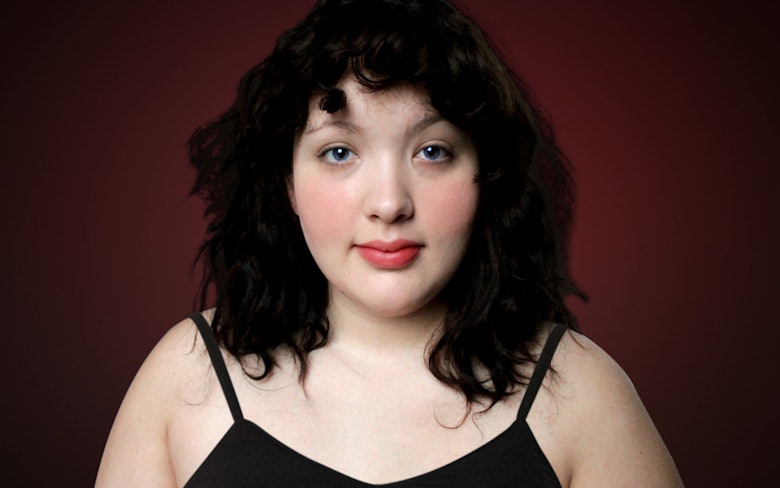
Vietnam
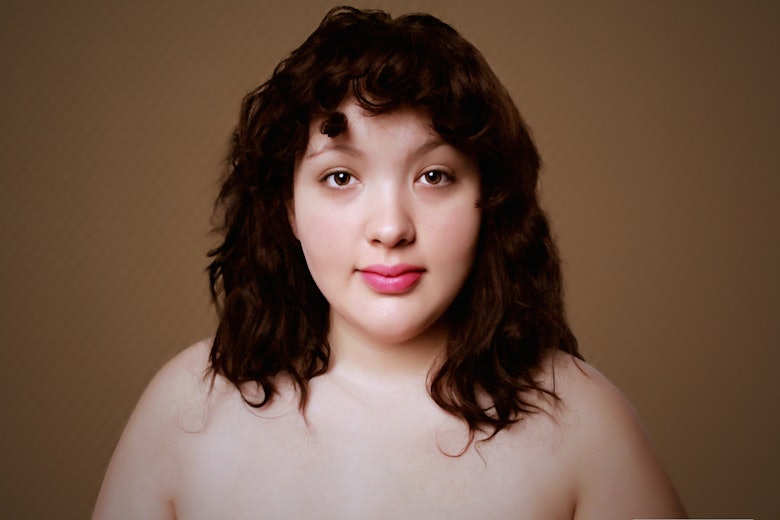
Latvia
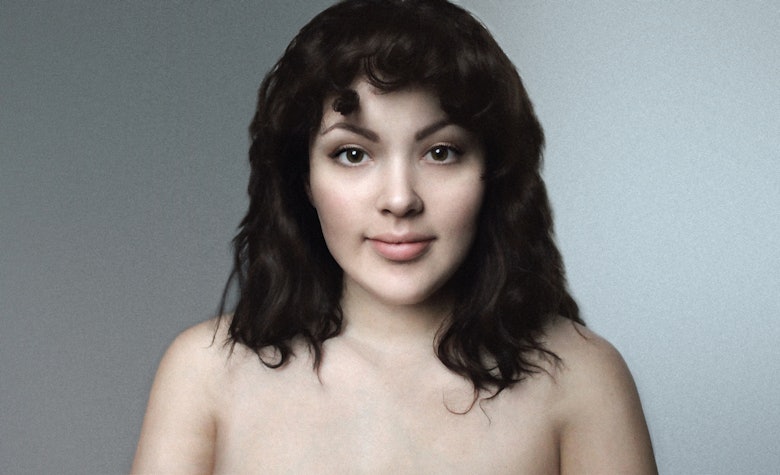
United States
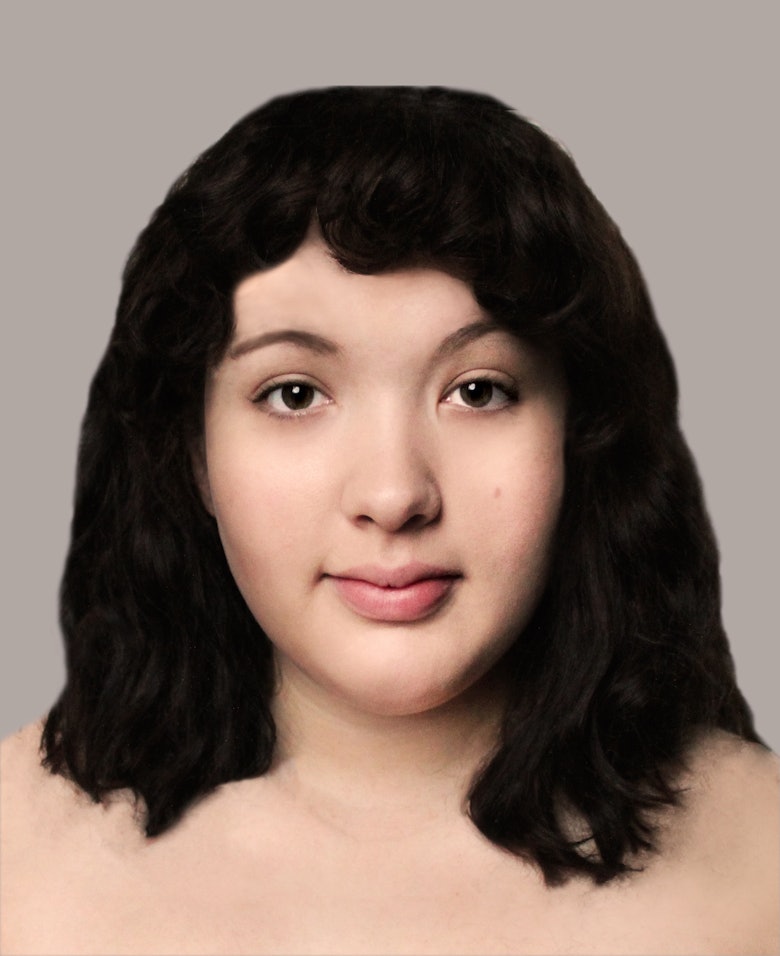
Overall, Ostina felt positively about the experience, noting that many of the editors preserved her natural beauty.
Regardless, the experiment offered a lot more editors in favor of “preserving natural beauty” than I would have imagined, and so I feel extremely positive about its results. Maybe this is a sign that things are changing for the better (I mean, Refinery 29’s “25 Real Photos of Women’s Breasts” remains a super important and needed show of realistic bodies, and realistic beauty). Or maybe it’s a sign that I got predominantly friendly, natural-beauty-favoring photographers. Ultimately, there was far less body snark and unspoken body shaming through these photo edits than I first assumed there would be. I won’t assume that all of the photographers are as pro-plus-size as I am, but maybe natural beauty is making a comeback. And I, for one, would be greatly pleased if this was the case. Not because putting on makeup or doing my hair is that much of a hassle. But because I’ve always wanted to live in a society in which freckles and moles and double chins and natural wrinkles were embraced, rather than hidden away and caked in foundation.
One interesting thing: Ostina wore a towel to see if and how editors would alter parts of her body other than her face. Four of them decided to put clothes on her. What message does that send? That she’s only beautiful if she puts on clothes? That fat people can’t be naked and beautiful? That there is something wrong with women’s bodies? Me, I’m going with all of the above.
(hat tip to Buzzfeed)

